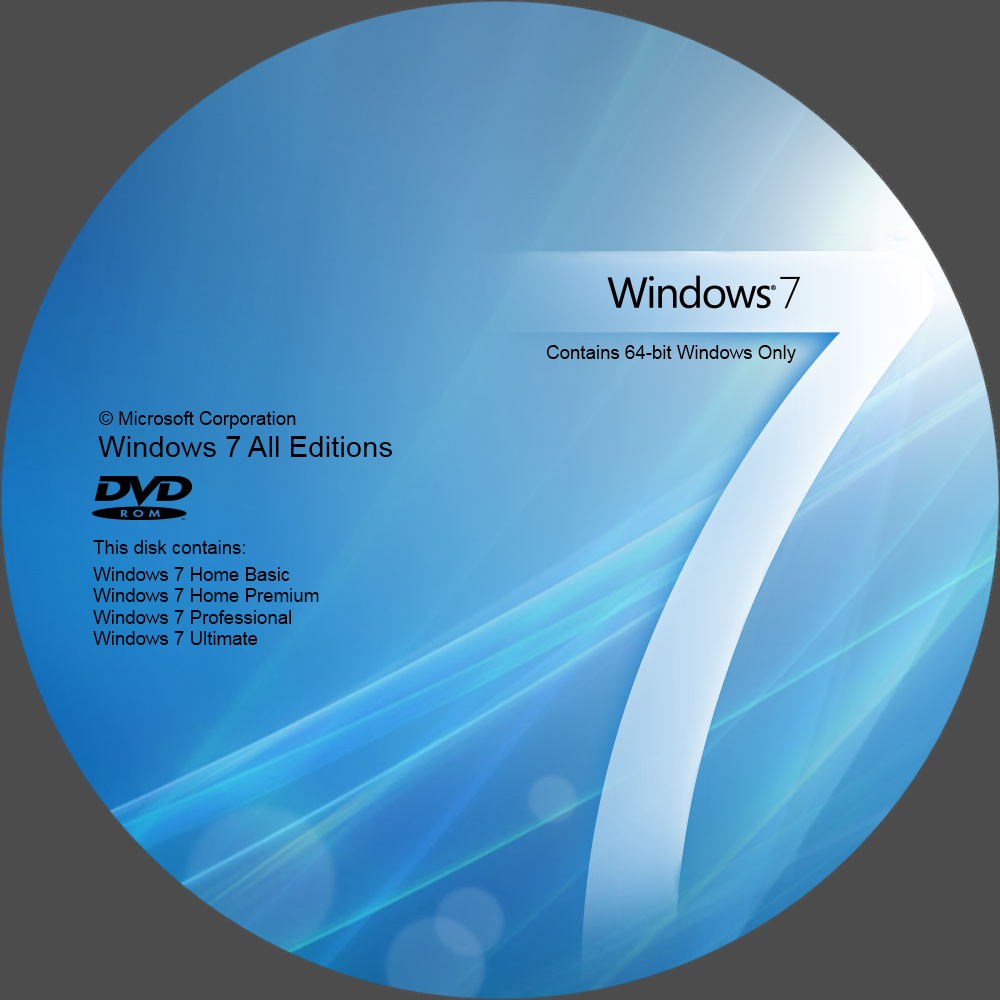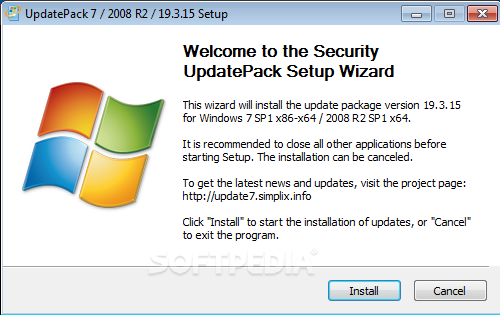

 Has an answer that provides a sequence of offline updates to get the machine fully-patched to the Jan. Directly asks about updating Windows 7 offline. If you want to mark this as a duplicate, please find me a question that: Since neither of those actually resolve my question fully, and the way the questions were phrased make them poorly discoverable to someone with my question, this question should not be closed as a duplicate. Another question that was offered as similar had exactly the same issues (asking about a Windows Update error, answer only gets the machine up to May 2016). This question had previously been closed as a duplicate, but the supposed "similar" question asked an entirely different thing (how to resolve a particular Windows Update error), and furthermore the answers only document updates that would patch the machine up to May 2016, not the final update in January 2020. Note to eager closers: this is not a duplicate. It's since been re-opened, so I'm going to close the new (now duplicate) question ( archive) but save my required defensive verbiage here. Note after re-opening: I had resubmitted this question because this had been closed as a duplicate. Those pages seems to list a couple other prerequisite updates to the update system itself, however, am I missing anything? I would assume this is a pretty well-understood procedure by many people.
Has an answer that provides a sequence of offline updates to get the machine fully-patched to the Jan. Directly asks about updating Windows 7 offline. If you want to mark this as a duplicate, please find me a question that: Since neither of those actually resolve my question fully, and the way the questions were phrased make them poorly discoverable to someone with my question, this question should not be closed as a duplicate. Another question that was offered as similar had exactly the same issues (asking about a Windows Update error, answer only gets the machine up to May 2016). This question had previously been closed as a duplicate, but the supposed "similar" question asked an entirely different thing (how to resolve a particular Windows Update error), and furthermore the answers only document updates that would patch the machine up to May 2016, not the final update in January 2020. Note to eager closers: this is not a duplicate. It's since been re-opened, so I'm going to close the new (now duplicate) question ( archive) but save my required defensive verbiage here. Note after re-opening: I had resubmitted this question because this had been closed as a duplicate. Those pages seems to list a couple other prerequisite updates to the update system itself, however, am I missing anything? I would assume this is a pretty well-understood procedure by many people. 

I'm guessing that this will have to start with the installation of SP1 (through the "Windows 7 SP1 Download Page" link in Microsoft's instructions is broken) proceed through KB3125574, the May 2016 "convenience rollup" and end with KB4534310, the last cumulative update for Windows 7. I'm looking for a suggested sequence of offline patches I can install to minimize the amount of time the machine is online and the use of online Windows Update, but still bring it up to date with the final set of Windows 7 patches that were publicly released. I know Windows 7 itself is no longer supported and understand the implications of that. I need to to install Windows 7 on an old PC to use some hardware that's unsupported and does not work in later Windows versions.








 0 kommentar(er)
0 kommentar(er)
